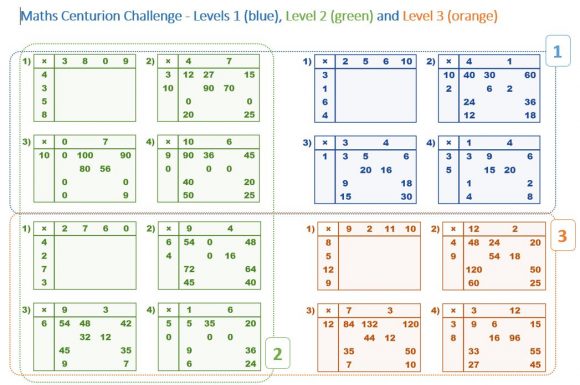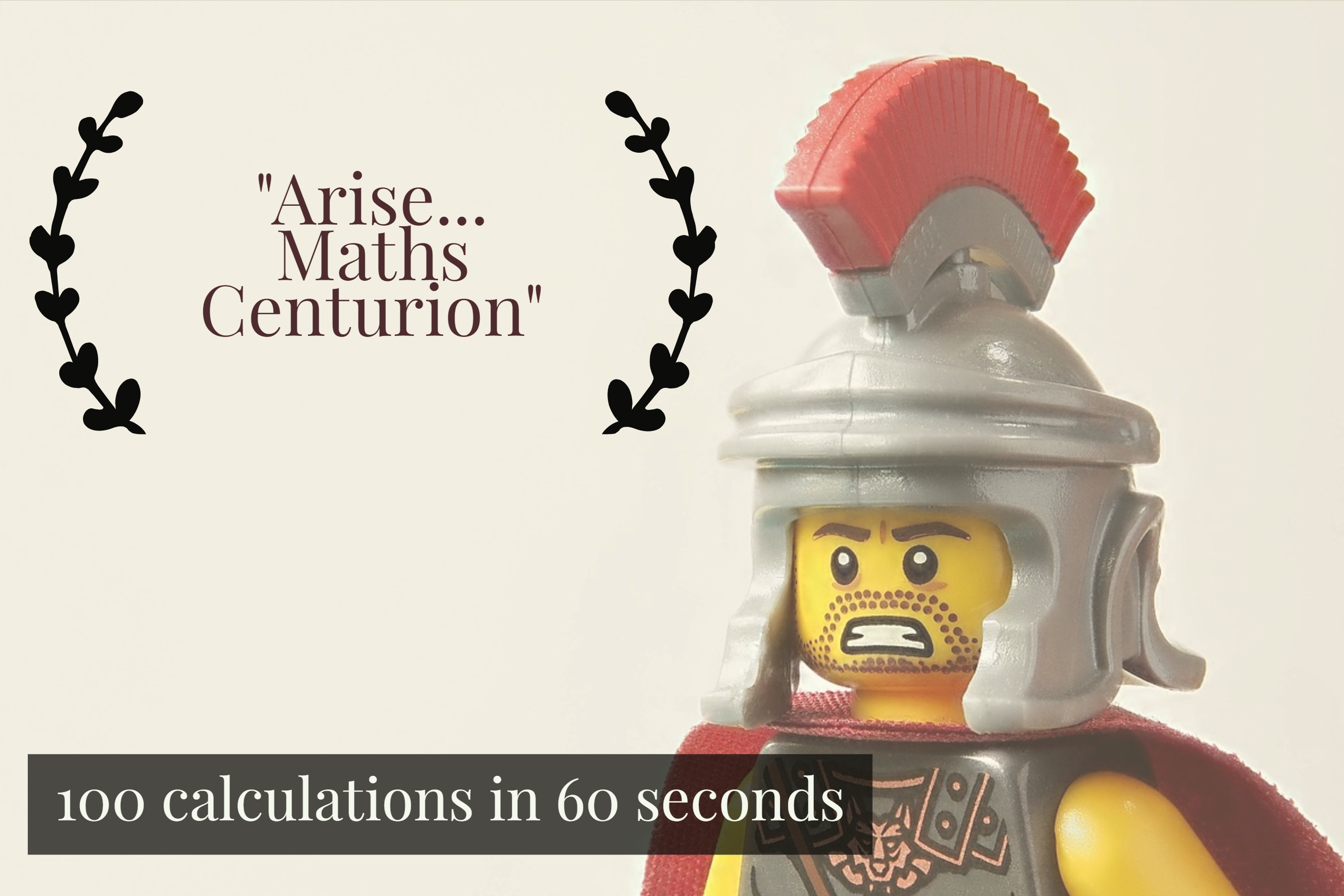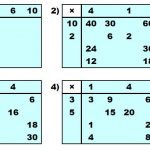M names is Kristian and I am overly interested by time tables?
I first taught Year 8 Maths to a low attaining set (5), as an experienced teacher (18 years) but novice Maths teacher with just two terms notice. I found it a fascinating experience. A few weeks into my first term, I watched the Maths world chiefs at loggerheads, debating the importance of times table automaticity vs maths times table testing anxiety.
It is not terrible to remember maths facts; what is terrible is sending kids away to memorise them and giving them tests on them which will set up this maths anxiety. Jo Boaler
It has been a little quieter on the Maths-tern front recently. I am still fascinated by times tables now.
There is no point in me writing a post on how to teach times tables, there are hat fulls of posts the topic and I have very little credibility. Hat fulls on facts and fluency, hat fulls on the importance of both fluency and knowing. And these hats are not even different colours. For what it is worth he is my synopsis – automaticity without flexibility, efficiency and accuracy is a empty win.
I learnt from, and with, the students in my Year 8 class. We even debated, the debate. Here is what they taught me as I was attempting to teach them fractions, decimals and percentages.
Lessons learnt
It is genuinely more acceptable to admit that “I am no good at times tables,” than it is to say “I am no good at reading.”
For some students, particularly those low on Maths confidence, or academic confidence, or both, learning anything feel like a tall hurdle to overcome. Learning requires focused effort and practice. Therefore, one would suggest you contextualise any advice on learning times tables.
Knowing that some times tables operations are harder than others is worth knowing. Success is a motivator. I told them the story of what happened after the 4 minute mile barrier was beaten.
Experienced Maths colleagues also shared what had worked for them and a few neat Maths tricks. I needed all the help I could get.
Can 10001 be divided by 3?
Nope.
Can 20001 be divided by 3.
Sure can.
Times tables calculations were rarely/never side stepped or excused. Times tables were an every task, a great settler task – it is / can be independent, focused, self marked, regardless of the differentiation (or not) the task can be set by time, eg 5 mins so that everyone finishes as the same time. Times tables offer some great competition opportunities.
Maths Centurion – 100 calculations in 60 seconds. That is two Number Starter grids. The spreadsheet auto-creates the grids and there are a handful of settings. For now, I will just highlight that the easy, medium, hard setting takes care of the expectation difficulty of the times tables included in worksheet.
100 calculations sets a tough marker and student calculation speed really sharpens (if not accuracy or understanding). Previously, we moved most of the Year 8 students over the 100 line (1-12 random calculations, times table list).
Second bite at the times table apple
Together with our Maths team here at Hindhead Campus, we have had a second bite at the times table apple. (I am hoping my colleague will add his reflections to this post).
At Hindhead Campus, we wanted a more flexible response to times tables fluency. Using the Number Starter tool, we created a differentiate worksheet with three inherent levels. The challenge here is to complete each subsequent level of challenge (post card images available), approximately 100 calculations in 100 seconds. Then complete the entire worksheet in under 5 minutes (double centurion). Differentiation by entry point. We found 10 worksheets was sufficient to rotate.

- Challenge sheets are created with an Number Starters Excel worksheet (available).
- Each worksheet offers 3 levels of challenge.
- Each challenge offers 50 calculations (give or take). boxes are needed to be a Centurion. Success is relatively swift to start with.
- A completed worksheet 200 calculations – or “Double Centurion.”
Relatively quickly, news of the challenge spread. Years 9, 10 and 11 got involved with students setting times for the completed worksheet. Sub 2 minutes became the benchmark, that is, 200 calculations in under 100 seconds.
All the resources you need, and more, here.
[DFS link=”https://www.dropbox.com/sh/2s57lrl7p2xo5tw/AACrs7TsRA8zrjYm5BSD0D6za?dl=0″ show_icon=”1″ show_size=”1″ show_change=”1″ titulo=”Centurion challenge”]




